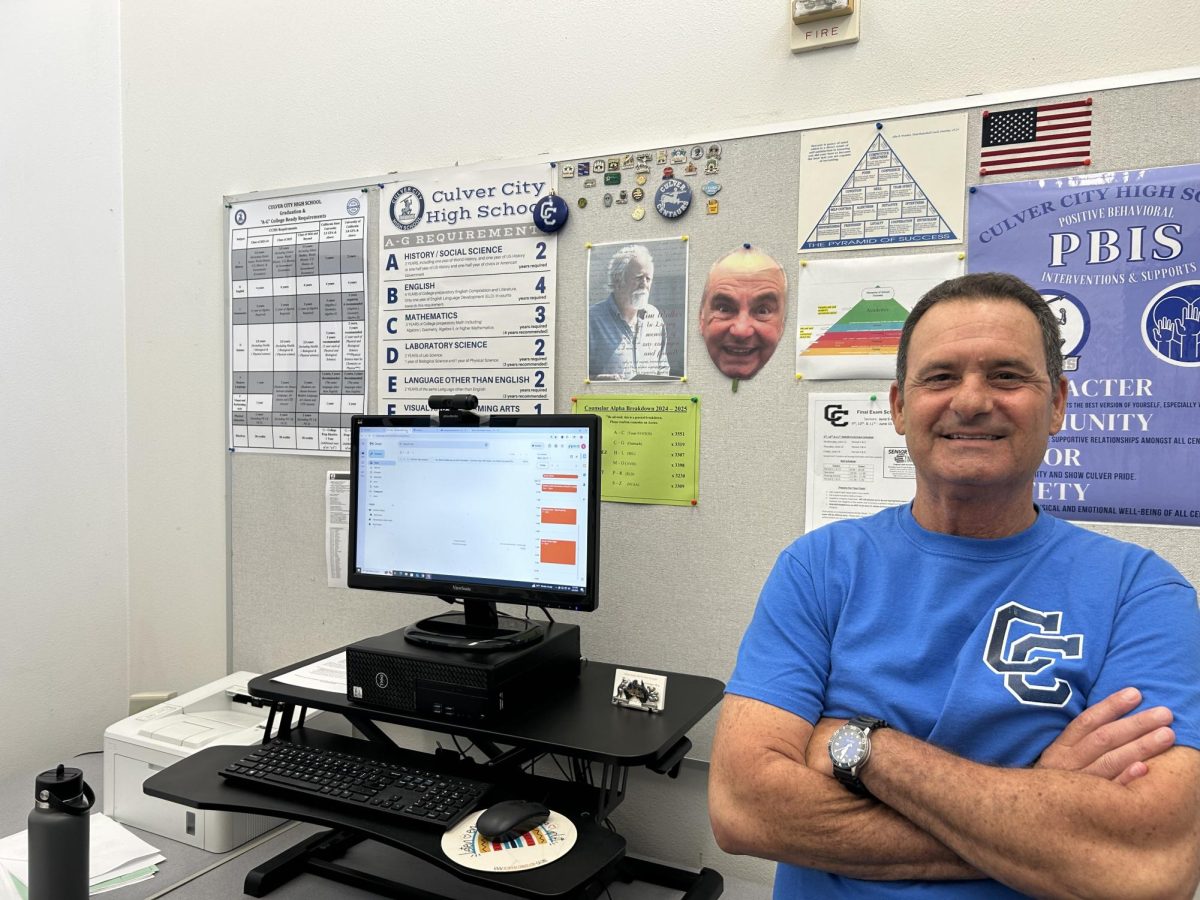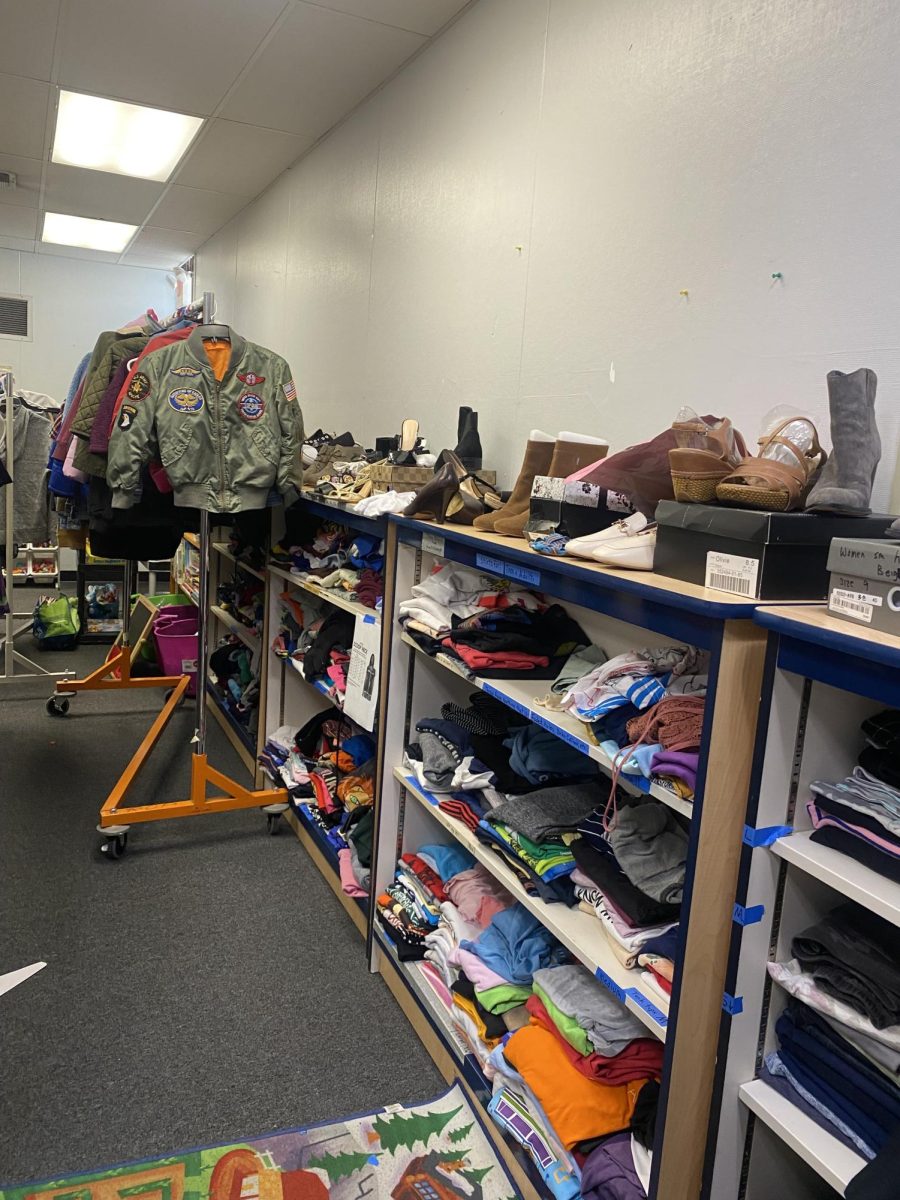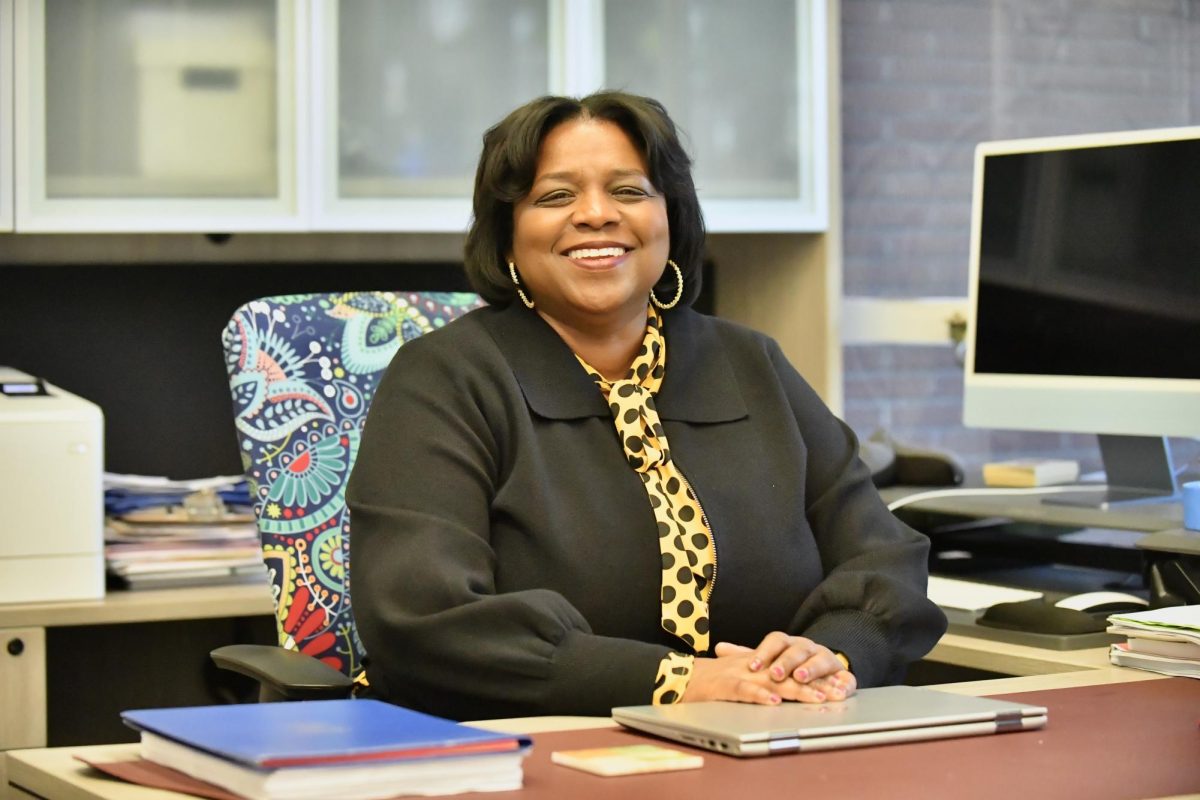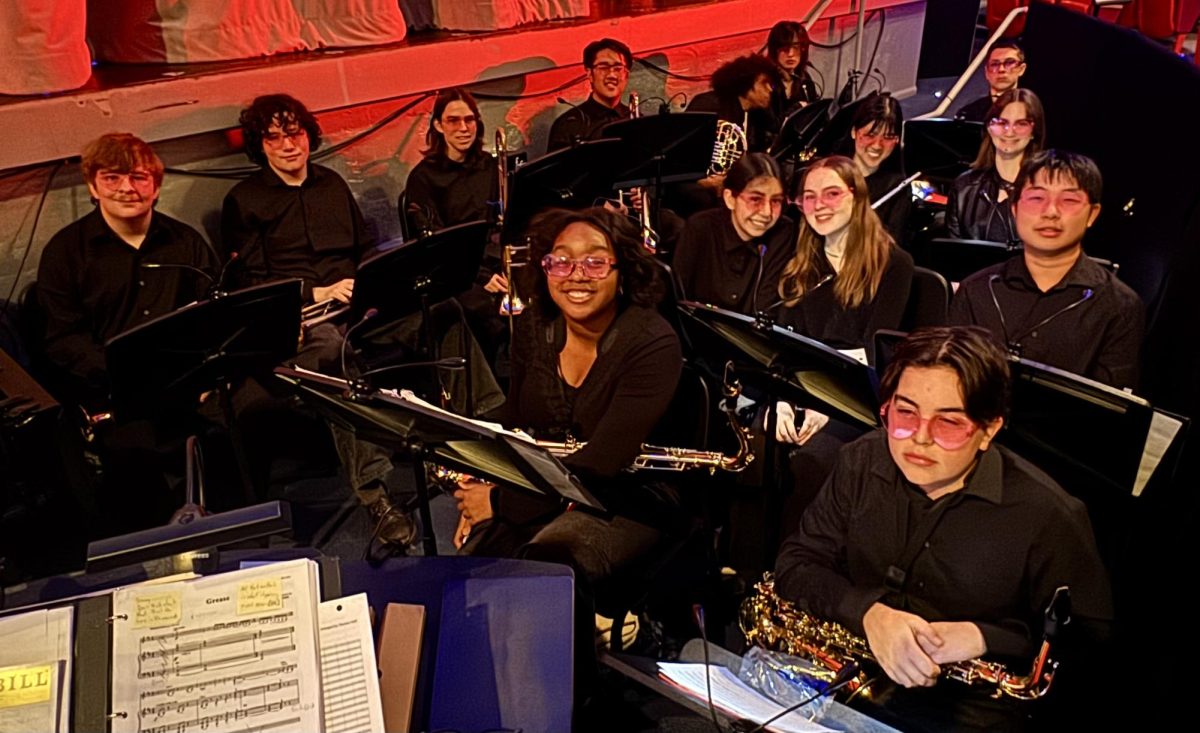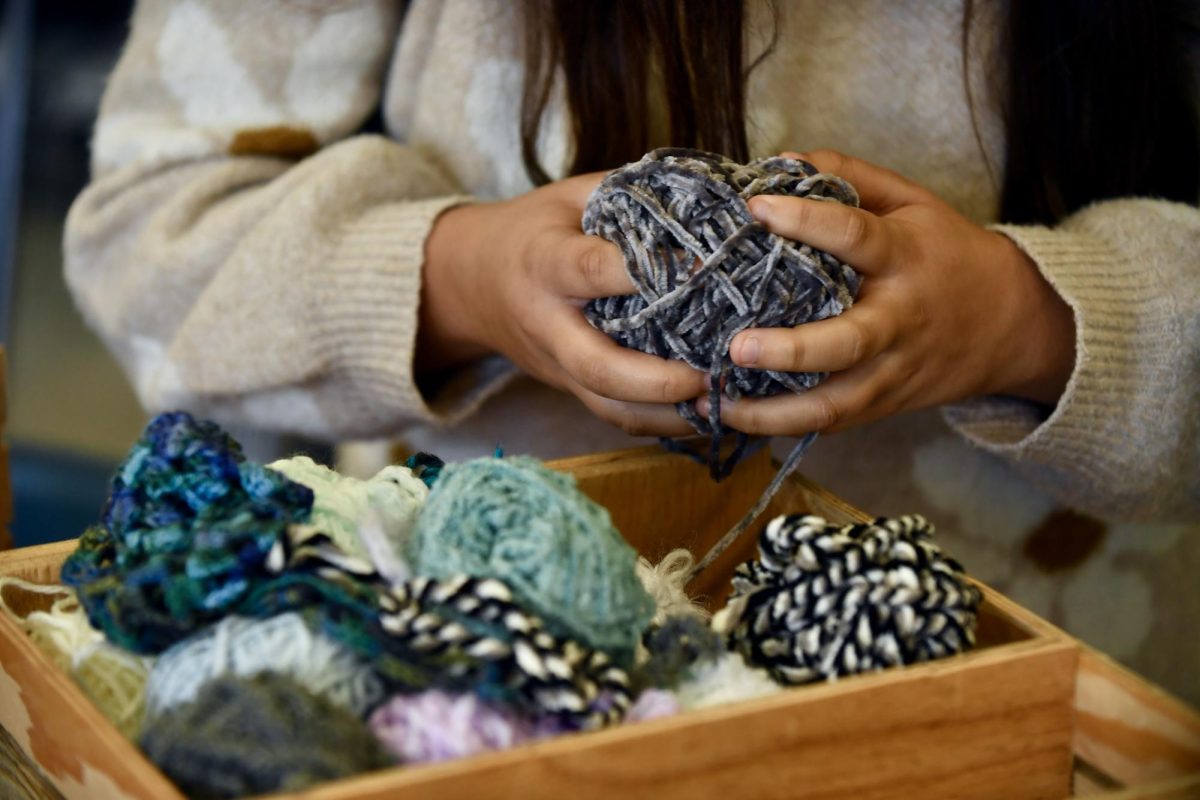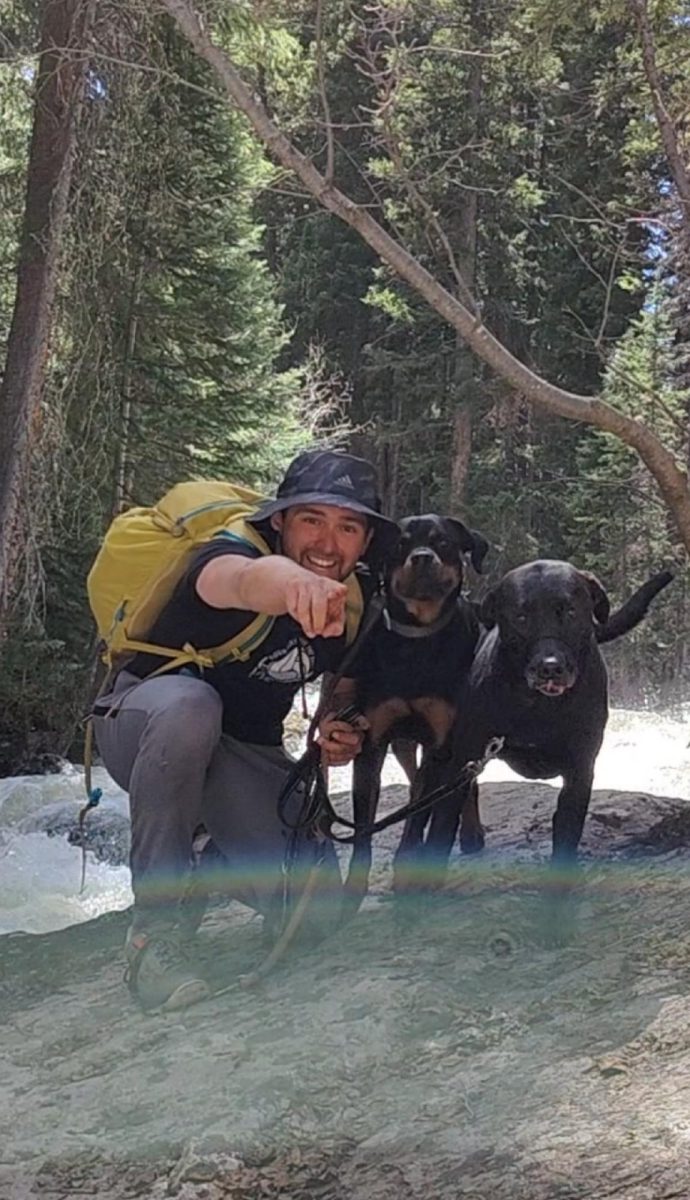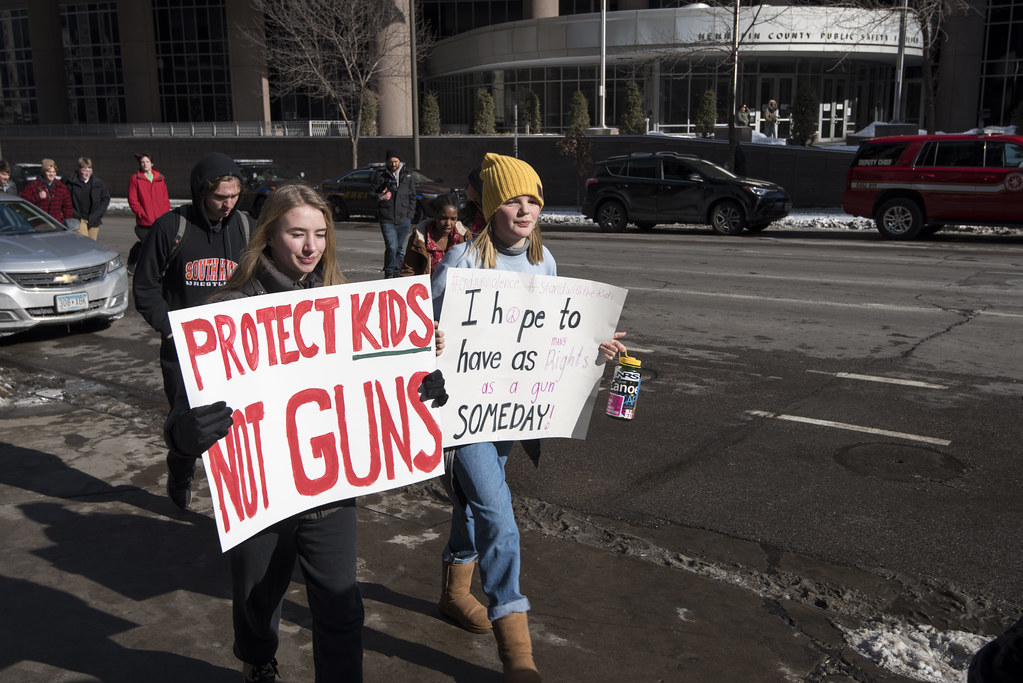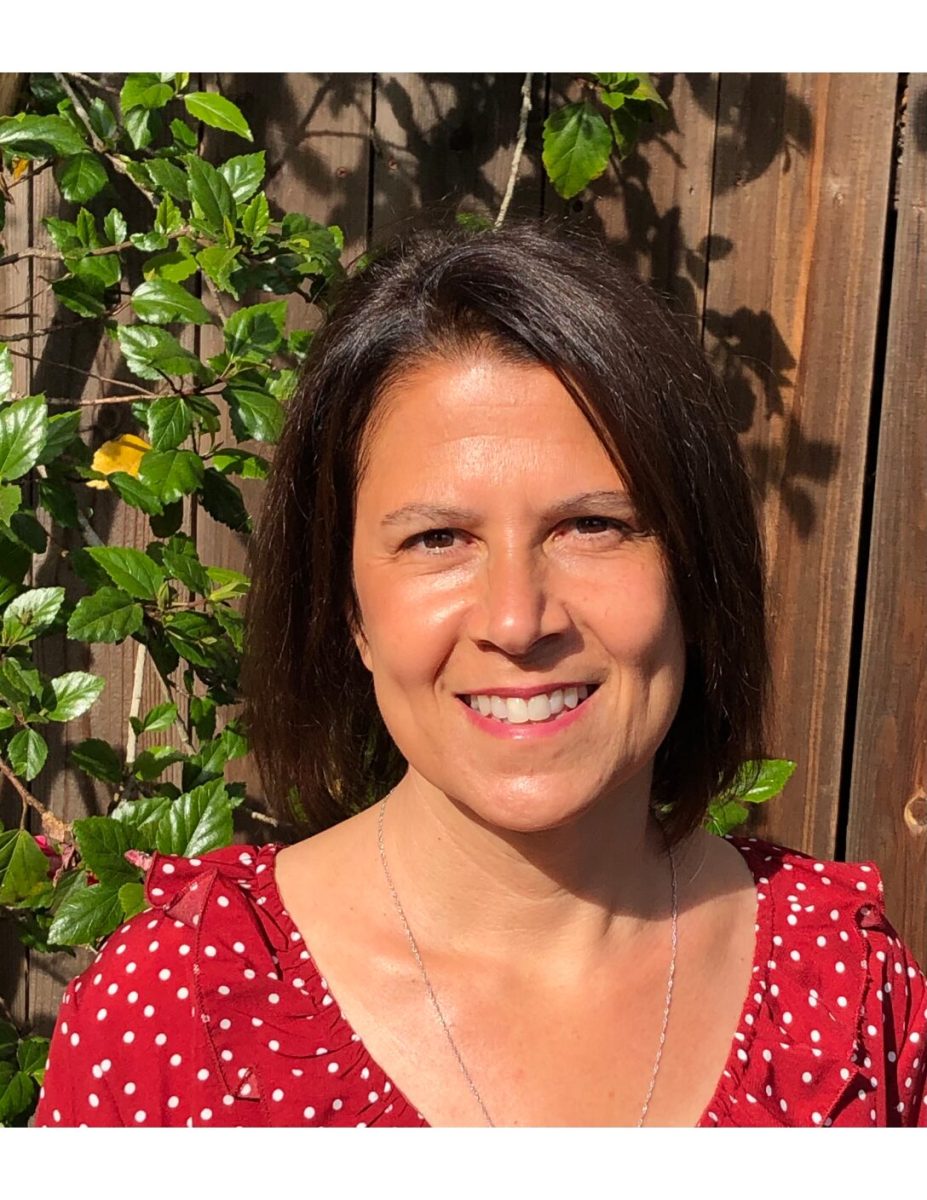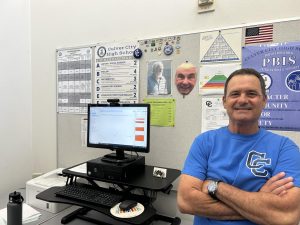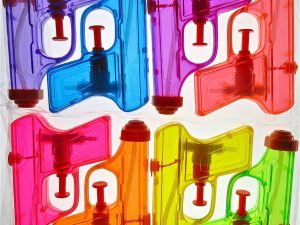Understanding Wellness Wednesdays

March 25, 2023
Every Wednesday, the counselors and staff of Culver City High School dedicate themselves to the needs of their students, who receive a message from the counseling administration with a link attached that asks how students have been doing recently. CCHS has been very keen on the attention to mental health since quarantine and the outbreak of COVID-19, and emphasizes the need for socialization and relaxation amongst students’ stress each semester.
Mental health is a real-world issue that needs to be touched on a lot more in schools. Mental illnesses aren’t physically visible and they produce themselves in a variety of ways, whether it be extreme or not. After having experienced so much isolation during distance learning, there has been a rise in awareness of the importance of focusing on mental health. Common mental health issues can include anxiety, ADHD, depression, eating disorders, bipolar disorder, etc. Some students may not experience any of these, but it’s still important to acknowledge the acceptance to heal and learn about internal health. Though many students don’t seem to put much attention into actually taking advantage of the counseling services at our school, each student needs to know that these services are always available and ready to help those in need.
Wellness Wednesdays are there for students who need to catch up, release tension, and provide a sense of community where students feel comfortable. CCHS tries its best to fulfill the needs of each student, but it can be hard since the staff is only a minority in comparison to the extensive number of students. With the wellness surveys, the school is just trying to understand a portion of who wants help. If a student isn’t willing to reach out for help, it would be harder to get them help without the knowledge of their needs.
Healing from internal pain is consistent as long as you understand it. Recently, students have been advocating for mental health courses. There is a need for the youth at Culver City High School to understand that you can’t heal without making the initiative to do so. You heal internally the same way that your body heals a wound – it’ll bleed a little in the beginning, you’ll feel the pain, and at times it may feel endless like you’re trapped, encased in an endless cycle. If the wound is touched, the pain swells, yet the pain subsides with the proper attention. Students need to learn the proper way to give themselves the attention to care for their mental health, no matter if they want or don’t want an outside view to take part in the process. In terms of analogy, the wounds will reach a point at which the bleeding stops. Then the pain will become a sting, and as it gradually depletes, your body builds the strength to make a scab. For a while, the scab will sit, posing as a reminder of the pain, but it won’t hurt as it did. An important part of this process is the realization that sometimes the wound will heal on its own. You have to make sure not to pick at the scab, and not resurface the past because if you don’t let the wound heal accordingly, the process will only have to repeat itself. But otherwise, once your body is ready to let go, the scab falls, revealing clean, bright new skin. Maybe it’s not the same as before, but it’s clearer that you’ve grown since. The counseling staff has been attempting to give us a few tools that will allow students to gain the building blocks of mental peace, but there needs to be more done so that students understand why these issues are important to focus on.
Recently there has been a resurfacing of the push for the generalized idea of staying mindful and present in one’s mental state. Petitions have been placed around the school so that in years to come, students get to not only learn about physical but also mental health in their physical education courses. With this attempt to bring more attention to students’ mental states, there is an aim to give students peace of mind through the chaos and stresses of their high school experiences.
